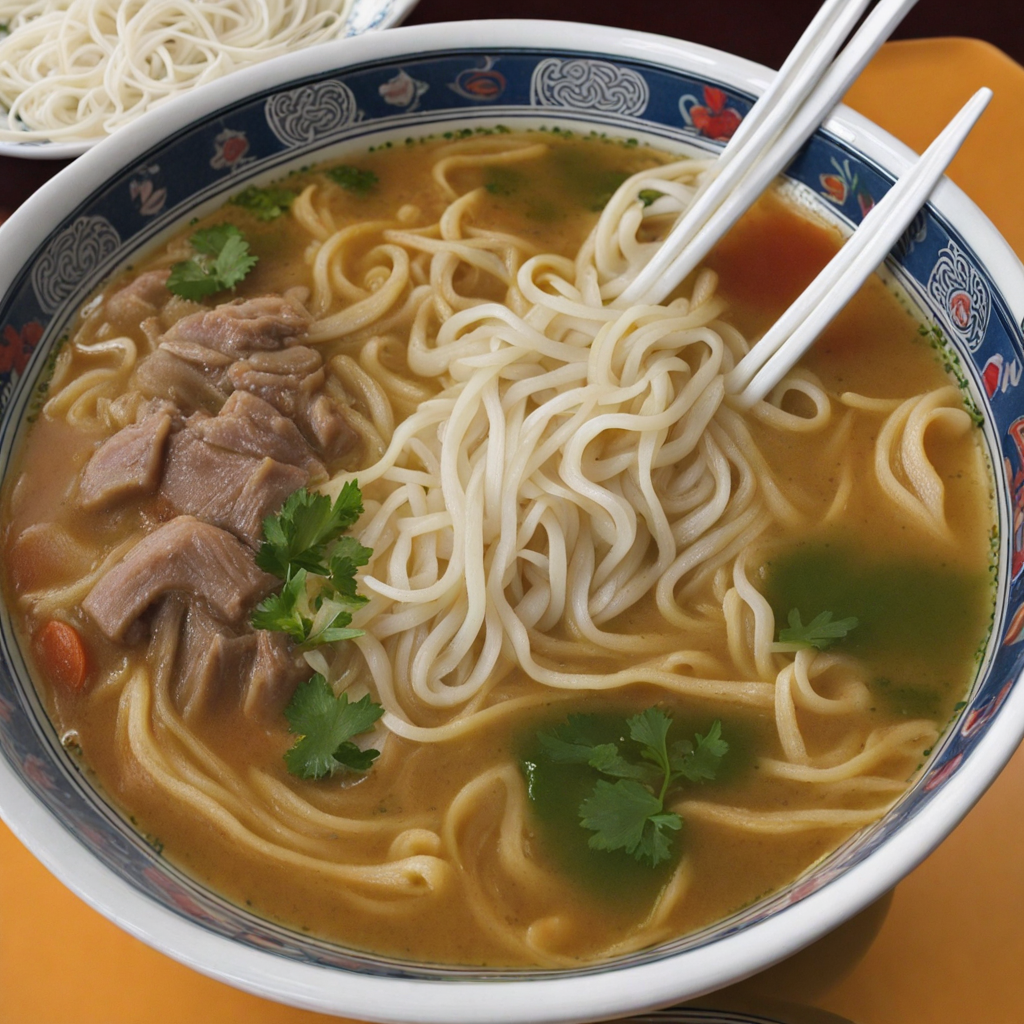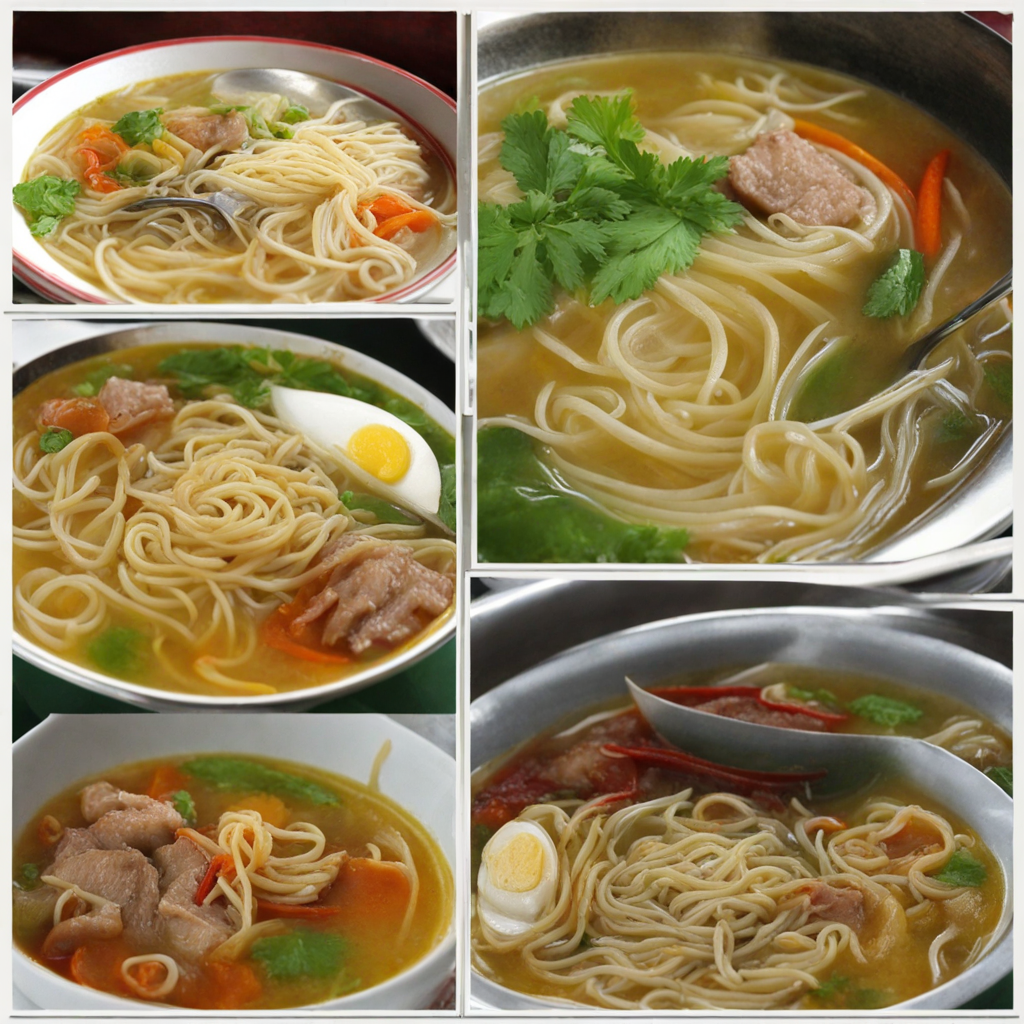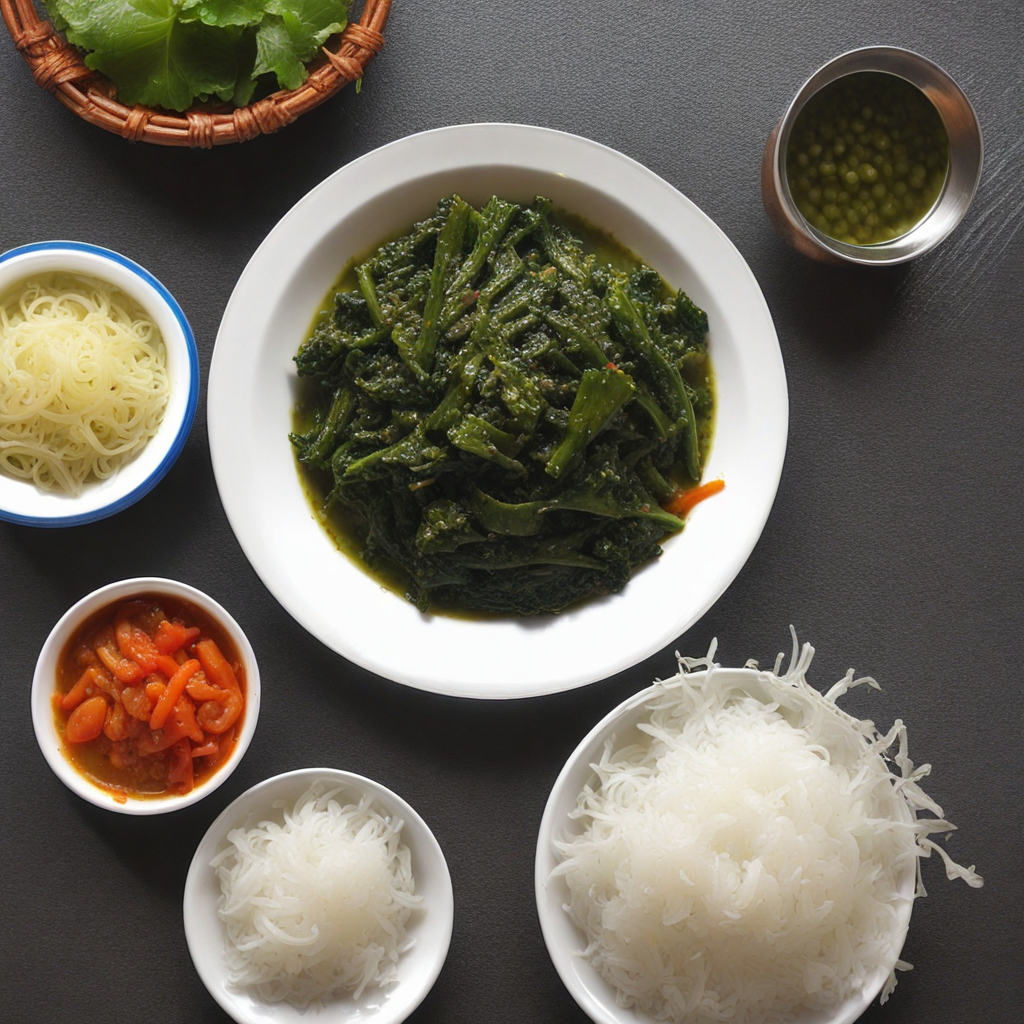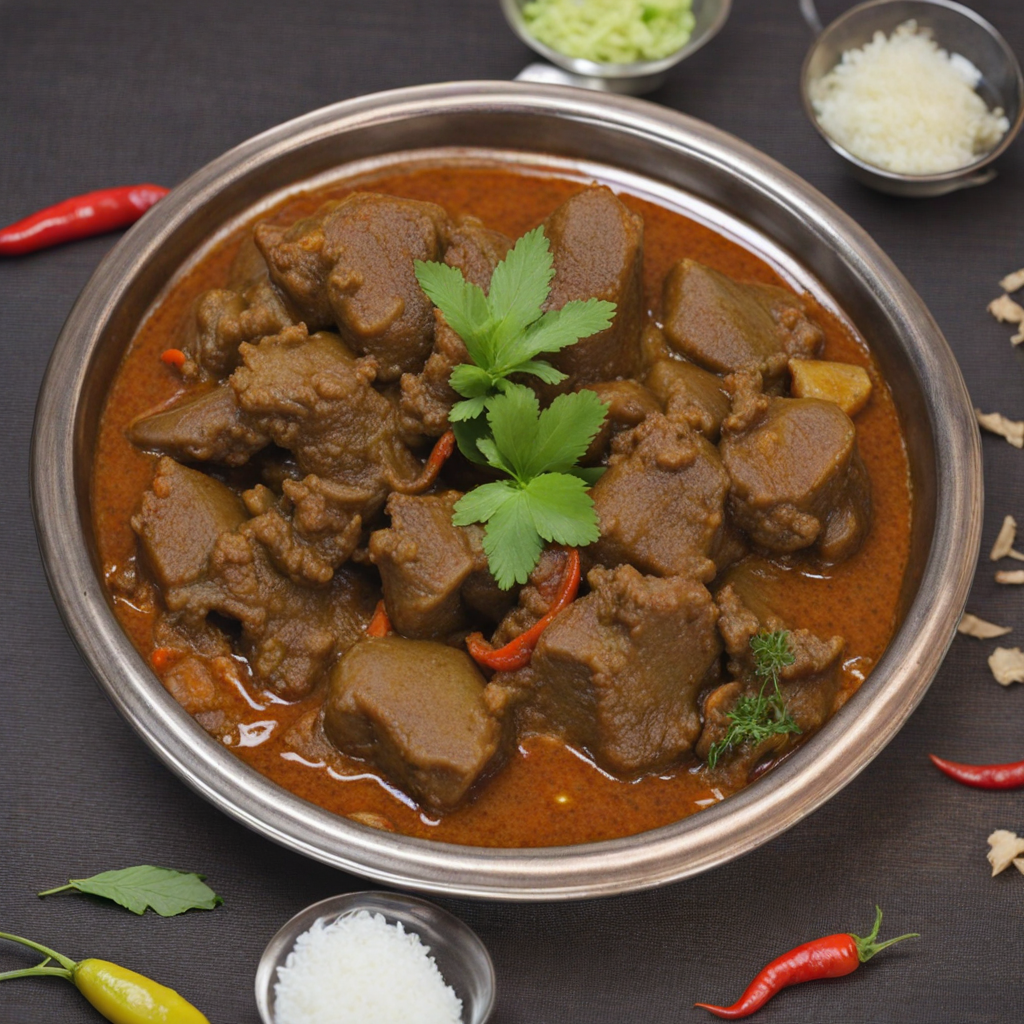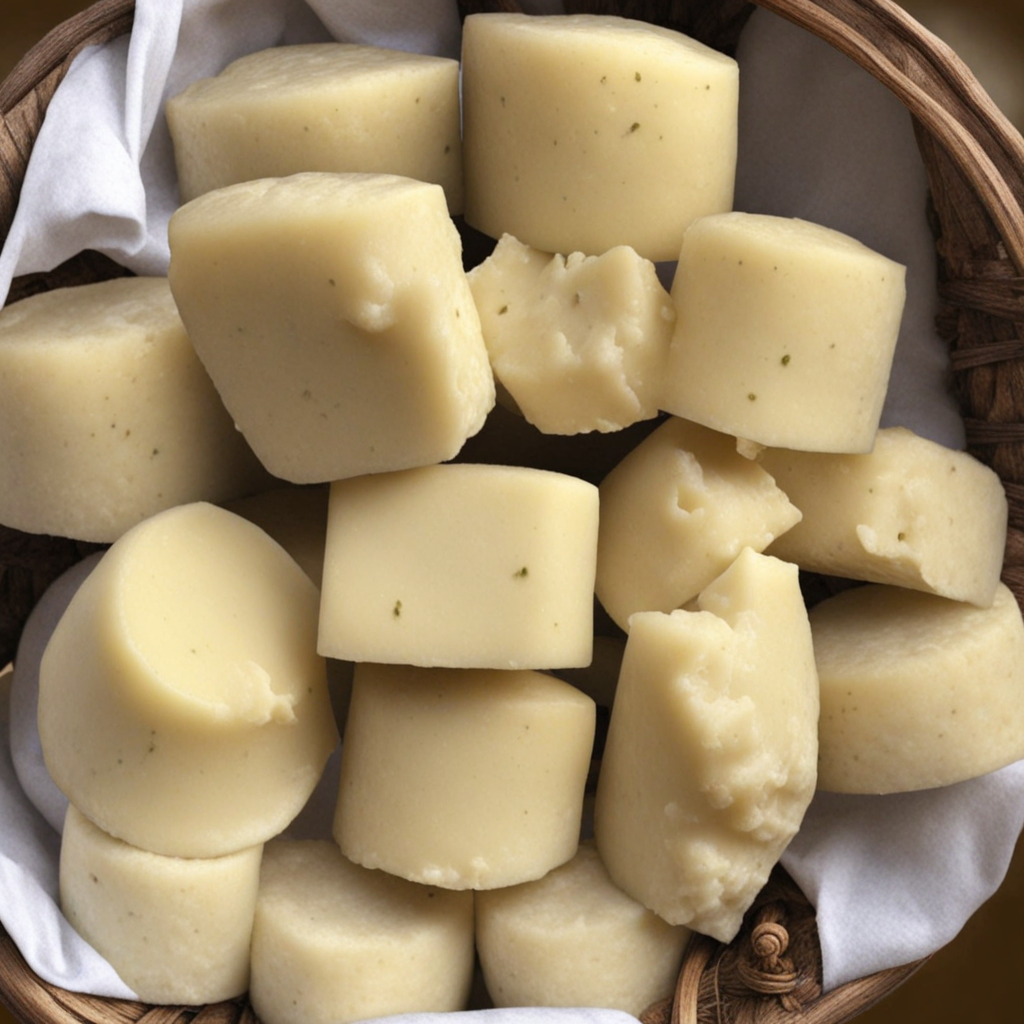Thukpa
Thukpa is a delightful noodle soup that hails from the mountainous regions of Nepal, particularly popular among Tibetan communities. This hearty dish typically consists of hand-pulled noodles served in a rich, flavorful broth that is infused with spices and herbs. The base of the soup can vary, often made with chicken, beef, or vegetables, making it a versatile option for meat lovers and vegetarians alike. The addition of fresh ingredients such as greens, carrots, and sometimes even mushrooms adds layers of texture and flavor, making each bowl a comforting experience. The broth is the heart of Thukpa, often simmered for hours to extract deep flavors from the meat and spices used. Commonly, ingredients like garlic, ginger, and chili are added to create a warming effect, perfect for the cold mountain climate. The noodles are typically made from wheat flour and are chewy and satisfying, soaking up the broth's flavors beautifully. A sprinkle of fresh cilantro or scallions on top adds a burst of freshness, enhancing the overall taste profile. Thukpa is not only about the flavors; it embodies the spirit of communal eating, often enjoyed in gatherings or after a long day of trekking in the Himalayas. Each region may have its own signature style or twist on the dish, showcasing local ingredients and culinary traditions. Whether enjoyed at a bustling street stall or in a cozy home, Thukpa offers an inviting warmth that captures the essence of Nepalese hospitality, making it a must-try for anyone eager to explore new culinary horizons.
How It Became This Dish
Thukpa: A Culinary Journey from the Himalayas Origins of Thukpa Thukpa, a hearty noodle soup that has become emblematic of the culinary traditions of Nepal, has its roots in the culinary practices of the Tibetan plateau. The dish is believed to have been introduced to Nepal by Tibetan nomads and traders, who began migrating southward into the Himalayan region centuries ago. The name 'thukpa' is derived from the Tibetan term "thuk," meaning 'to eat,' and "pa," which translates to 'noodle.' This simple yet profound definition encapsulates the essence of the dish, which is a nourishing meal primarily composed of noodles, broth, and various ingredients. Historically, thukpa emerged as a staple food for Tibetan herders and farmers who required a nutritious, filling meal that could sustain them through the harsh and often frigid conditions of the high altitudes. The dish was not only practical—it was also a reflection of the local available ingredients, showcasing the adaptability of the people in using what was at hand. As Tibetan communities settled in Nepal, thukpa naturally became integrated into the broader culinary landscape, evolving into a beloved dish enjoyed by various ethnic groups in the region. Cultural Significance In Nepal, thukpa transcends mere sustenance; it is a symbol of hospitality and community bonding. Traditionally served during gatherings, festivals, and celebrations, the dish fosters a sense of togetherness among families and friends. Its preparation often involves communal effort, with family members coming together to knead the dough, roll out the noodles, and prepare the flavorful broth. This collaborative cooking process reinforces familial bonds and cultural ties. Thukpa's significance is further accentuated during religious and cultural festivals, particularly among the Sherpa and Tibetan communities. During Losar, the Tibetan New Year, thukpa is often served as part of the celebratory feast, symbolizing good fortune and prosperity in the coming year. The dish's versatility also allows for incorporation of seasonal and locally sourced ingredients, reflecting the agricultural rhythms of the region and the deep connection between the people and their land. The Evolution of Thukpa As thukpa journeyed through time and across borders, it underwent various transformations influenced by the diverse cultures of Nepal. Initially, thukpa was a straightforward dish made from handmade wheat noodles boiled in a meat or vegetable broth. However, as it gained popularity, different regional adaptations emerged, showcasing local flavors and ingredients. In the eastern regions of Nepal, particularly in areas like Solukhumbu, thukpa is often prepared with yak meat, which adds a distinct richness to the dish. In contrast, in urban centers like Kathmandu, thukpa has been influenced by the fusion of Nepali and international culinary trends, leading to the incorporation of diverse ingredients such as chicken, fish, or tofu. Vegetarian versions have also gained prominence, catering to the growing number of health-conscious and vegetarian consumers. The introduction of spices and condiments has further diversified thukpa's flavor profile. While traditional thukpa is seasoned with simple herbs and spices, contemporary variations may include the addition of chili paste, garlic, and ginger, enhancing the dish's depth and complexity. This evolution reflects the broader trends in globalization, where culinary borders are blurred, and traditional dishes are reimagined in innovative ways. Thukpa in Modern Context In recent years, thukpa has begun to receive international attention, especially as the popularity of Himalayan cuisine has surged globally. Restaurants specializing in Nepali and Tibetan foods have sprung up in major cities around the world, offering thukpa as a staple menu item. This newfound recognition has not only contributed to the preservation of this cherished dish but has also sparked an increasing interest in the culinary traditions of the Himalayan region. Health trends have also influenced thukpa's preparation. With a growing emphasis on wholesome and nutritious eating, many chefs are experimenting with whole grain noodles, organic vegetables, and low-sodium broths. This has made thukpa more appealing to health-conscious consumers while retaining its comforting essence. Additionally, with the rise of vegetarianism and veganism, thukpa's adaptability allows it to fit within various dietary preferences without losing its core identity. Moreover, thukpa has become a cultural ambassador, fostering appreciation for Nepalese heritage beyond its borders. Food festivals, cultural events, and cooking classes dedicated to Himalayan cuisine often feature thukpa as a highlight, allowing people to experience the rich history and flavors of this dish firsthand. Conclusion: A Dish of Resilience and Community Thukpa is more than just a bowl of soup; it embodies the resilience, adaptability, and communal spirit of the people who have cherished it through generations. Its journey from the high Tibetan plateau to the vibrant streets of Nepal and beyond tells a story of migration, cultural exchange, and the enduring significance of food in human connection. As thukpa continues to evolve, it remains a symbol of home, warmth, and togetherness. Whether enjoyed in a bustling restaurant in Kathmandu, a cozy home in the foothills of the Himalayas, or a trendy eatery in a cosmopolitan city, thukpa invites everyone to partake in its rich tapestry of flavors and stories. In a world that often feels increasingly fragmented, this beloved dish serves as a reminder of the unifying power of food—bringing people together, sharing traditions, and celebrating the simple joy of a warm bowl of soup.
You may like
Discover local flavors from Nepal


